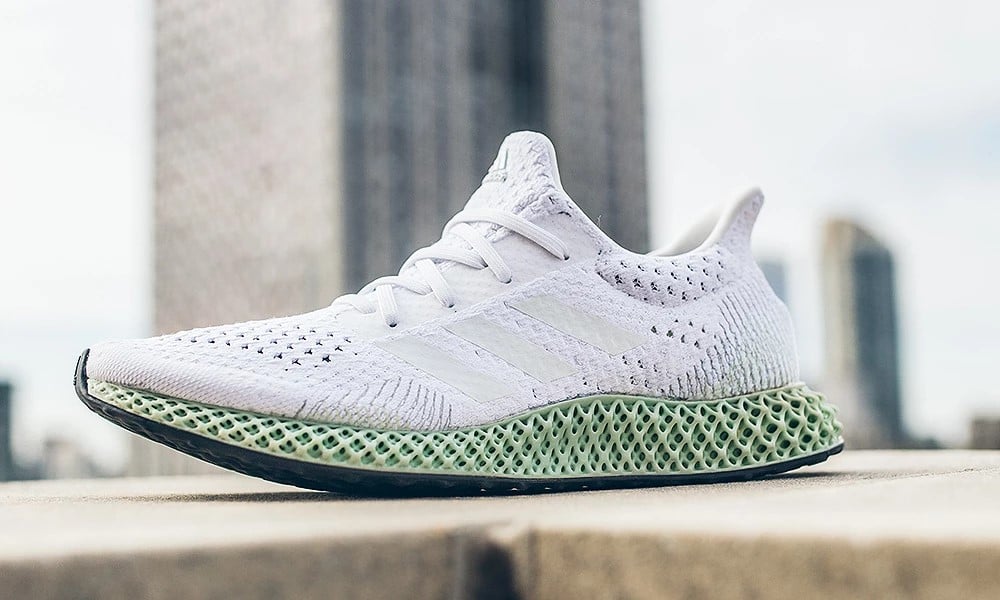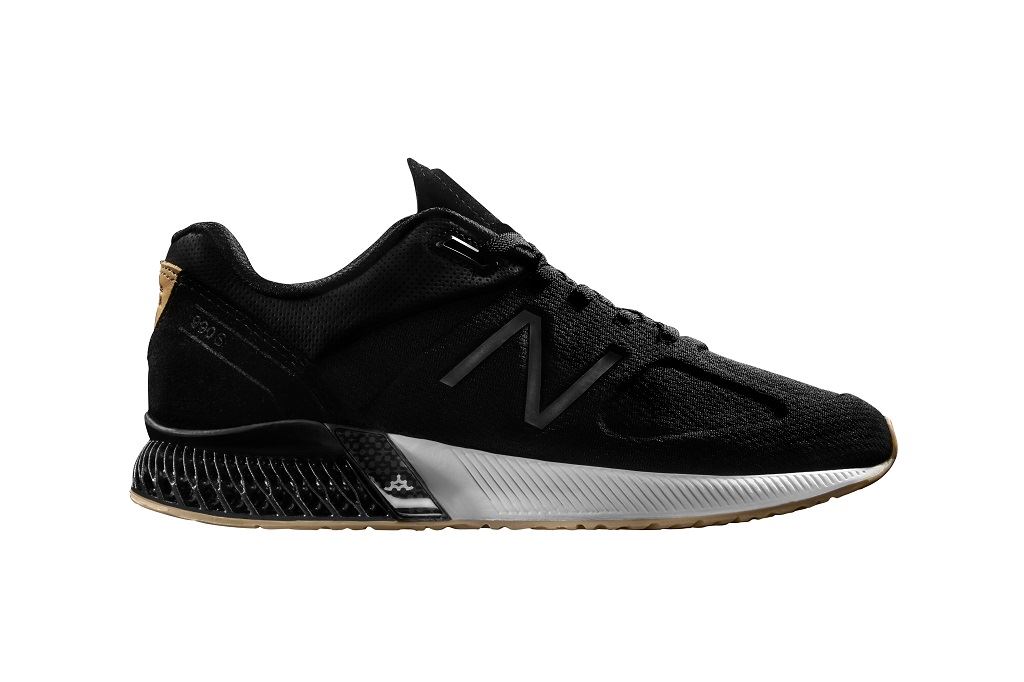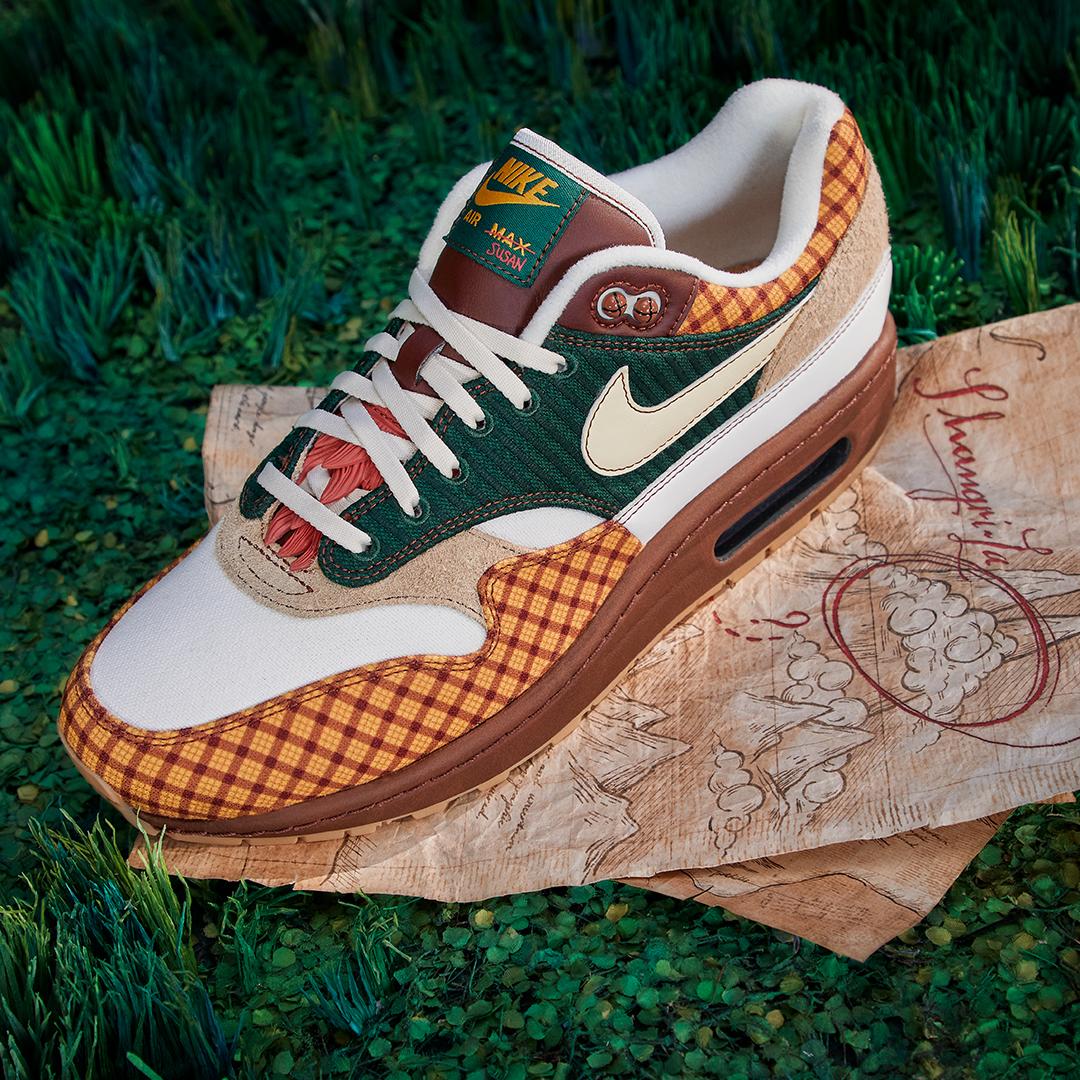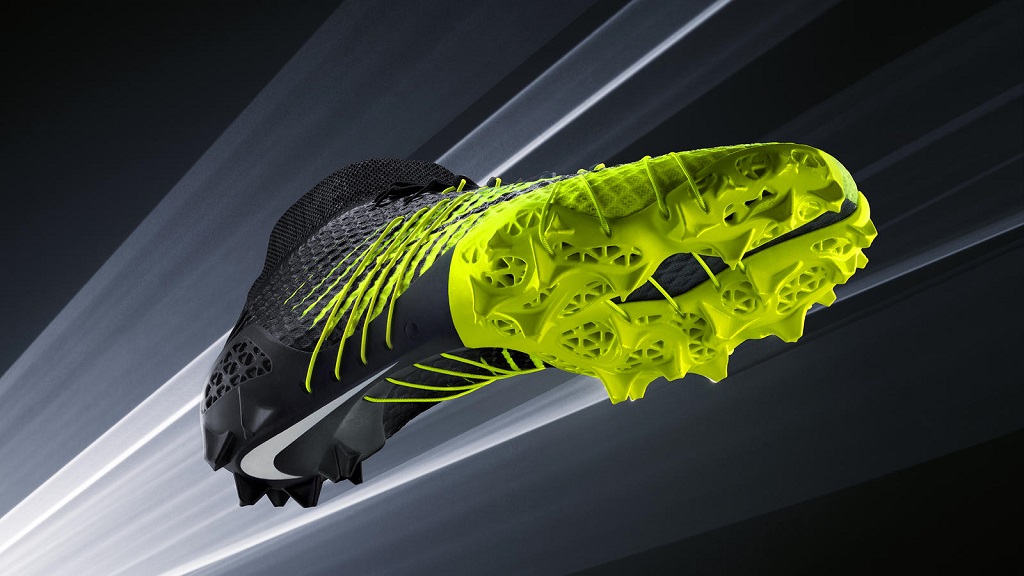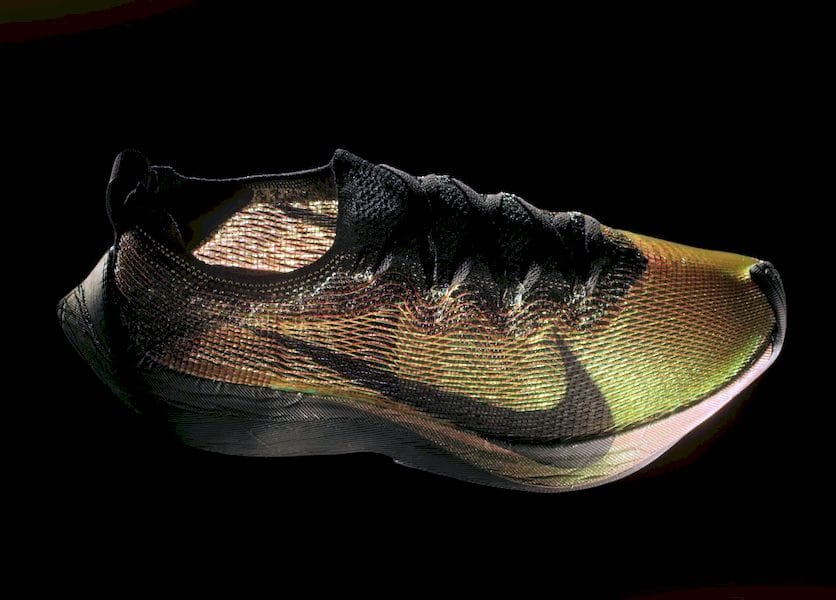![[Image Credit: Highsnobiety ]](https://fabbaloo.com/wp-content/uploads/2020/05/shoe1_img_5eb093e577e9e.jpg)
From 3D glasses to jewellery, 3D printing is now being incorporated into more and more industries — and the shoe industry is no different.
The advancements in this innovative technology have opened up the possibilities for new and creative solutions that can dominate the fashion and shoe industry moving forward.
Over the past few years, additive manufacturing and its popularity has skyrocketed with major brands all competing for space on the bandwagon to create a product of the future.
Well, a product of the future that’s readily available today.
While there’s still a way to go before 3D components are fully integrated into mass production, you don’t need to look far to see who has taken extensive leaps to push the technology forward.
Which Brands Have Adopted 3D Printing?
Arguably the biggest major name revolving around 3D printing right now is Adidas. Following on from their game-changing Boost innovation, Adidas pushed the boundaries even further with their initial Adidas Futurecraft 4D shoe.
Since then, the company has gone on to adopt a 3D printed midsole into other popular styles, such as the Alphaedge, the ZX 4000 and more.
This innovation encompasses an avant-garde 3D printed sole which has been specially designed to withstand wear and tear.
The unique midsole is grown from a liquid by using light and oxygen, via a method called Digital Light Synthesis, unlocking a new era in design and manufacturing.
Thanks to digital light projection, oxygen-permeable optics and liquid resin, this entire process is able to produce durable and resistant polymeric goods, offering personalised support.
Then there’s New Balance. Their Zante Generate shoe is another project which utilises a partially 3D printed midsole which is both flexible and offers good support.
Nike also uses unique 3D printing technology for a lot of its prototyping. It partially uses selective laser sintering to create them while also partnering with HP, who released the HP Multi Jet Fusion, for exciting future projects.
Their Hyperadapt 1.0 is a perfect example, combining two excellent feats of technology in the form of 3D printing built for linear speed and the revolutionary self-lacing aspect.
![[Image Credit: Sneaker Files ]](https://fabbaloo.com/wp-content/uploads/2020/05/shoe2_img_5eb093e5b4d73.jpg)
It’s not just major, household name brands that are adopting this innovative technology either.
Silvia Fado, a Spanish footwear designer, uses 3D printing and laser cutting to do rapid prototyping.
Olivier van Herpt also continues to push the boundaries of fashion by using 3D printing to make footwear products that fit the exact measures of each wearer’s foot.
![[Image Credit: Olivier van Herpt ]](https://fabbaloo.com/wp-content/uploads/2020/05/shoe3_img_5eb093e5dbfe1.jpg)
It Continues to Expand…
3D printing does seem to be causing a positive disruption in the shoe industry and will continue to do so as technology continues to evolve.
We’ve already seen companies take giant leaps to remain ahead of the competition and as technology pushes forward, brands of all sizes will look to take advantage.
This is especially the case when you consider that fashion designers are already using this technology to test and prototype their designs, making it more cost-effective and accessible for anyone entering the fashion world.
It wouldn’t be a surprise in the coming years where designers even allow consumers to print 3D footwear directly from their own home, simply after purchasing a design online.
Right now, companies like SOLS are trying their best to make the instant demand for 3D printing shoes a reality. Customers can take pictures of their feet, send them to SOLS via the brand’s mobile app and they’ll receive a set of customised insoles in a matter of days.
Nike, on the other hand, has long-term ambitions of selling a digital file of a shoe design to consumers who could then print them in their own home or head to a retail store to have them made.
Part of the reason why the expansion has been so disruptive is that 3D printing for both prototyping and manufacturing has reduced the time it takes to create a shoe.
As opposed to using expensive steel moulds and thermoplastic injection moulding, brands using 3D printing can prototype futuristic shoes quicker and at a more affordable price.
Next on the horizon from shoe manufacturers could be mass production of 3D printed footwear, with the hope of staying ahead of the curve and meeting consumer demand.
Eventually, this technology may even be used to create bespoke footwear, using 3D printing to perfectly tailor the shoes for the person wearing them.
Innovation isn’t limited to just casual footwear either. Rapid advancements in technology have also seen safety footwear in the workplace increase in popularity. One thing is for sure: the impact of 3D printing on the footwear industry is only just beginning.

